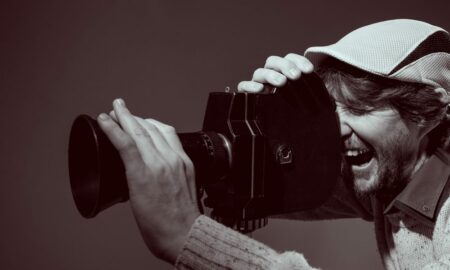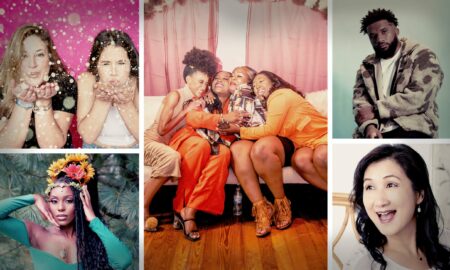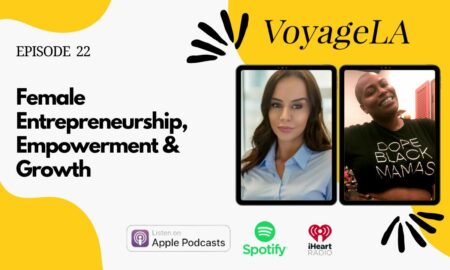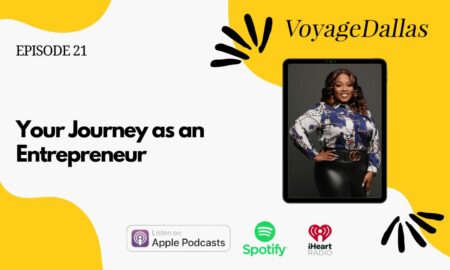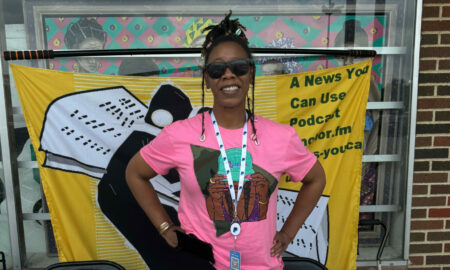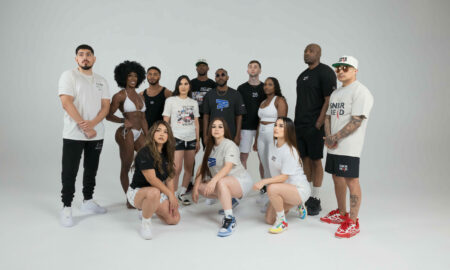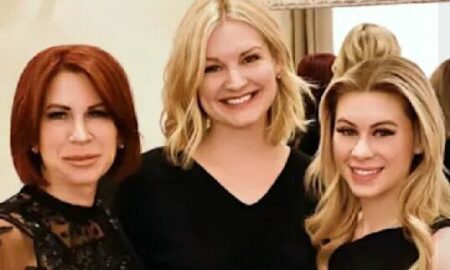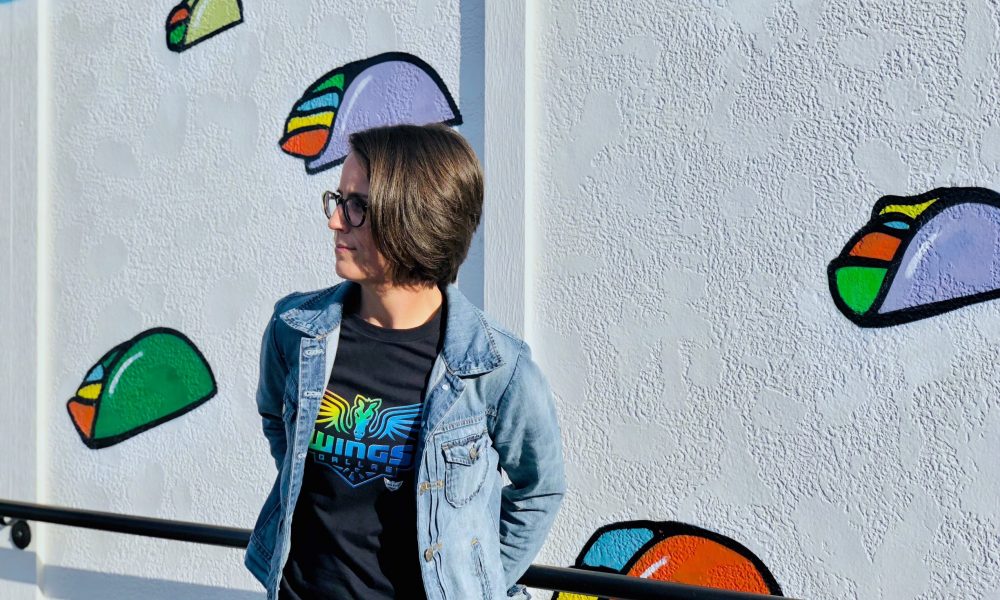

Today we’d like to introduce you to Diane Durant.
Diane, let’s start with your story. We’d love to hear how you got started and how the journey has been so far.
Come with me to 1986. Christmas morning. Open gifts of socks and pajamas but save the mystery box for last—for dramatic effect. When only pine needles remain beneath the tree, maniacally destroy layer after layer of mystery box packaging to reveal a Polaroid Sun 600. Shoot 20 instant photos of your tabby cat, Apricot, and let the rest be history.
Also, let that history include applying for your high school art program six years later and not being accepted. Then let that set in.
I let that set in for four years while I journeyed in a different direction, joining the high school newspaper staff instead. From taking pictures to writing Op-Eds, I found both a love for darkroom processes and my own voice. This carried me through college as well, where I wrote for the underground newspaper and, alas, received that art education I so desired. In graduate school, I edited the art journal and further expanded my understanding and embrace of interdisciplinarity and the humanities while developing a more serious studio practice. In large part, this has made me the multidisciplinary artist that I am today, focused on storytelling, and shared histories, and picture theory, and the image-text relationship. And I wouldn’t change a thing.
In this new digital age, I still shoot film and naturally embrace the snapshot aesthetic, which I attribute to growing up analog. I also still take at least 20 photographs of my cat before I choose the best one, so it seems like trial and error — and never giving up, and bracketing for the best possible negative, and cat pictures—will always be the morals and motifs of my story. My college professor used to say, “If you get one good shot off a roll, you’re doing good.” At the time, I found myself more discouraged by the 23 bad frames, rather than encouraged by the one negative worth printing, but now I understand it can take 23 failures before you even know what your success can look like (and maybe even months later, those 23 failures won’t even seem so, I don’t know, failed). And now as a college professor myself, my number one objective is to pass along this work ethic, this approach to life and its uncertainty, to my students — one roll at a time.
Overall, has it been relatively smooth? If not, what were some of the struggles along the way?
A smooth road? Not necessarily. I’ve benefited from a relatively privileged life, certainly, but I’ve stumbled through plenty of discouraging detours as I’ve tried to find my own way — as a mom, an artist, a writer, a professor, and an all-around contributing member of society. As I mentioned earlier, learning that my failures weren’t really failures or rather, deciding to redefine success on my own terms, has allowed me a more thankful perspective as well as a healthier work-life balance. (Ongoing therapy has allowed for this as well.) I joke about not being admitted to my high school art program, but it’s a significant signpost in my story because it was an early indicator that you can’t always get what you want (but if you try sometimes, you just might find, you get what you need).
That moment of rejection has become even more significant the farther removed from it I have become, the prouder I have become of myself for not giving up — on my dreams, on my goals, on myself. And, of course, the rejections and refusals and roadblocks didn’t end after high school — and there were so many times when I just wanted to chuck it all and go live on a boat — but stubbornness and persistence has paid dividends over the years as I’ve earned my Ph.D. (a personal goal I happen to set in the 4th grade); completed an 18-day solo roadtrip around the country, which included a 3-day solo hike through the Grand Canyon; survived two weeks living in a tent on top of my Jeep as an Artist-in-Residence at Bighorn Canyon National Recreation Area (and returned for the last three years to continue documenting the landscape for the Park Service); published an edited anthology of translated poetry from the Albanian-American Society of Writers (Rozafa’s Milk, Mundus Artium Press, 2017) as well as numerous of my own poems and two scholarly articles; became a member of 500X Gallery (2011-16) and the Board of Directors for the Cedars Union; worked as a teaching or guest artist for special programs at the Kimbell Art Museum, Modern Art Museum of Fort Worth, Amon Carter Museum of American Art, Dallas Public Library, Multicultural Alliance and People’s Art Collaborative, and soon with the Business Council for the Arts and American Airlines; and most recently, mounted a solo exhibition, Mental Pictures, at the Fort Worth Community Arts Center.
And all of this while teaching full time at UT-Dallas and raising a super spunky kid, volunteering as her YMCA basketball coach, Field Day hula-hoop relay coordinator, and elementary school yearbook editor. The road may have been rocky, wide in some stretches and narrow in others, but it has been worth sticking to, that’s for sure.
Please tell us about Diane Durant.
As a multidisciplinary artist, I use image, text, and found objects to tell true stories, from road trips and river floats to all the everyday stops in between. Mental Pictures, which addressed notions of readership, storytelling, and the relationship between the visual and verbal, combined the elements of information and representation common in a gallery setting — from text-based gelatin silver contact prints and vinyl vignettes to descriptive wall labels and narrative statements — to develop new plot lines, characters, settings, and shared literary experiences. Language dominated the space as the verbal, now written, was made visual and unfolded as unique pictures in the mind of each viewer who acted as both image-maker and storyteller. Since I make art about what I know (and how I was raised), regional themes such as Texas weather (tornados), southern cooking (butter), family past times (fishing), and rattlesnakes (respect) have a ubiquitous narrative presence.
If you had to go back in time and start over, would you have done anything differently?
Oh, man. I wouldn’t want to start over. (And I certainly wouldn’t want to go back to high school, 90s fashion and hip-hop notwithstanding.) All that I have experienced and learned along the way — good, bad, gut-wrenching, joyous — has made me the complete person I am today and informed so much of my work, both in the studio and in the classroom. However, I do have a healthy respect for the process of looking back. My newest body of work, Stories, 1986-88, which I am developing with my 9-year-old daughter, actually puts a new spin on my old histories as she replaces a youthful me – the one I remember and the one I wasn’t quite allowed to be. Her deadpan figure standing in generic landscapes pairs with short narrative texts in my own handwriting to create juxtapositions, dichotomies, and contrarieties, bringing the past into the present as we relive and rewrite my childhood stories. Now, I can’t change the past, but through a restorative approach to image-making and storytelling, as well as quality time spent with my daughter, I am creating new memories with her as if flipping through a family album together for the first time.
Contact Info:
- Website: www.dianedurant.com
- Email: sdianedurant@gmail.com
- Instagram: @betweenhereandcool







 Image Credit:
Image Credit:
copyright Diane Durant 2018
Getting in touch: VoyageDallas is built on recommendations from the community; it’s how we uncover hidden gems, so if you know someone who deserves recognition please let us know here.




